 Arthur John Priest was born on this day in 1887. He earned the nickname “the unsinkable stoker” after surviving the sinking of four ships, including the Titanic and its sister ship Britannic, as well as living through two ship collisions.
Arthur John Priest was born on this day in 1887. He earned the nickname “the unsinkable stoker” after surviving the sinking of four ships, including the Titanic and its sister ship Britannic, as well as living through two ship collisions.
As a stoker, Priest was part of the “black gang” that manually shifted the hundreds of tonnes of coal each day to feed the insatiable boilers of the steamships of the time.
In 1908, Priest was working as a stoker on the passenger liner RMS Asturias when, on its maiden voyage, it was in a collision with another ship. While there was no loss of life, the ship only barely made it back into port.
Priest served as a stoker on RMS Olympic in 1911. The Olympic was a near sister ship to the Titanic and the Britannic. It collided with HMS Hawke in the Solent, tearing two large holes in Olympic’s hull, above and below the waterline, resulting in the flooding of two of her watertight compartments and a twisted propeller shaft. HMS Hawke suffered severe damage to her bow and nearly capsized.
Priest found work on RMS Titanic the following year. Continue reading

 One of the concerns with wind and tidal energy installations is that the turbine blades are built from
One of the concerns with wind and tidal energy installations is that the turbine blades are built from  The
The 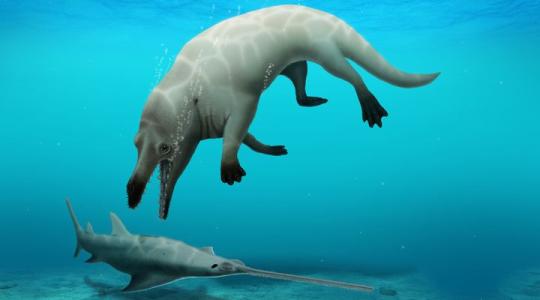
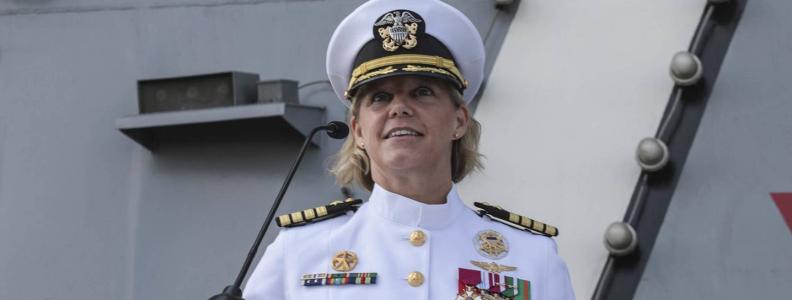
 In 2017, we posted “
In 2017, we posted “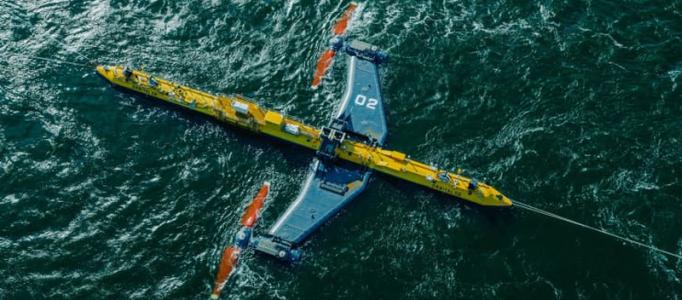 These days, most of the turbines producing clean energy are powered by the wind. Last month, a turbine powered by the tides, described as “the world’s most powerful” began grid-connected power generation at the European Marine Energy Centre in Orkney, an archipelago located north of mainland Scotland.
These days, most of the turbines producing clean energy are powered by the wind. Last month, a turbine powered by the tides, described as “the world’s most powerful” began grid-connected power generation at the European Marine Energy Centre in Orkney, an archipelago located north of mainland Scotland. On a recent voyage from Galveston, TX,
On a recent voyage from Galveston, TX,  The Drive
The Drive
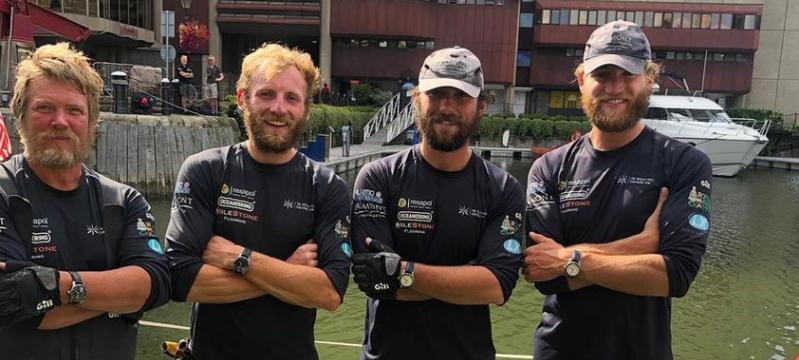 Congratulations to the
Congratulations to the  In addition to being a museum ship as America’s only steam-powered lighthouse tender, the
In addition to being a museum ship as America’s only steam-powered lighthouse tender, the 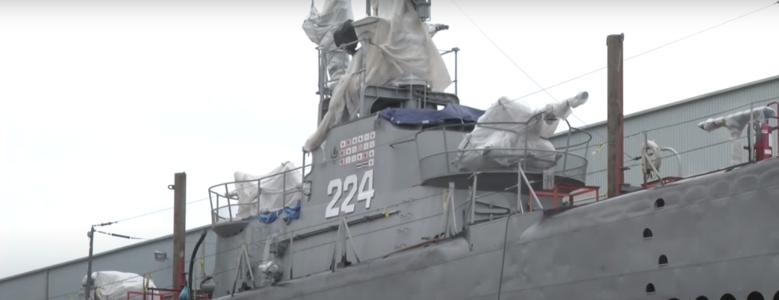 Tomorrow, the
Tomorrow, the  Last September, the
Last September, the  It is amazing how many commonplace items are related to ships and the sea. Or perhaps not, given that over 70% of the globe is covered by water and 90% of all trade is moved by sea. Here is one example of an unexpected connection to ships.
It is amazing how many commonplace items are related to ships and the sea. Or perhaps not, given that over 70% of the globe is covered by water and 90% of all trade is moved by sea. Here is one example of an unexpected connection to ships. The
The 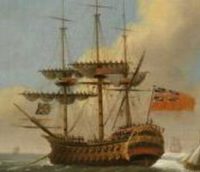 A repost from several years ago. Sailors have long considered Friday to be an unlucky day and Friday the 13th, particularly so. On this Friday the 13th, it seems appropriate to remember the unlikely tale of
A repost from several years ago. Sailors have long considered Friday to be an unlucky day and Friday the 13th, particularly so. On this Friday the 13th, it seems appropriate to remember the unlikely tale of  Five years ago we posted about the beginning of the construction of “
Five years ago we posted about the beginning of the construction of “